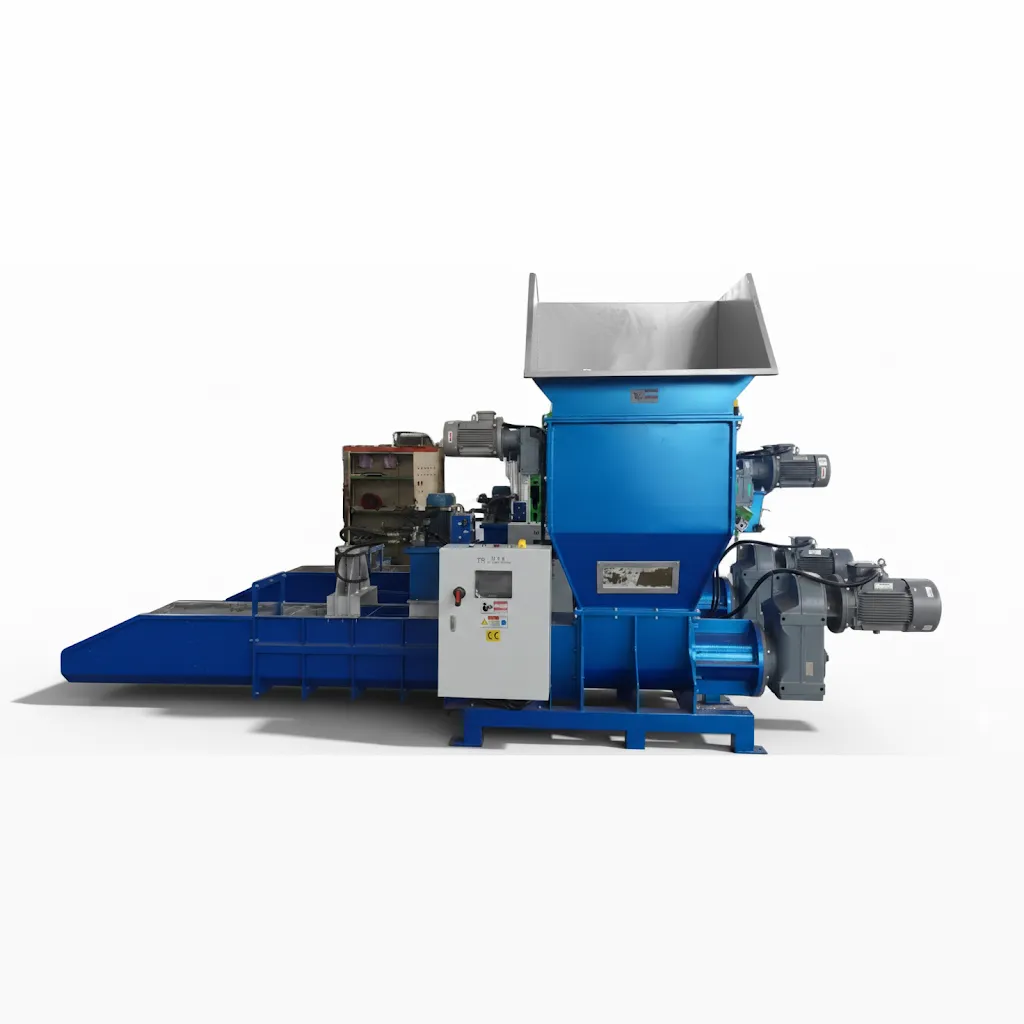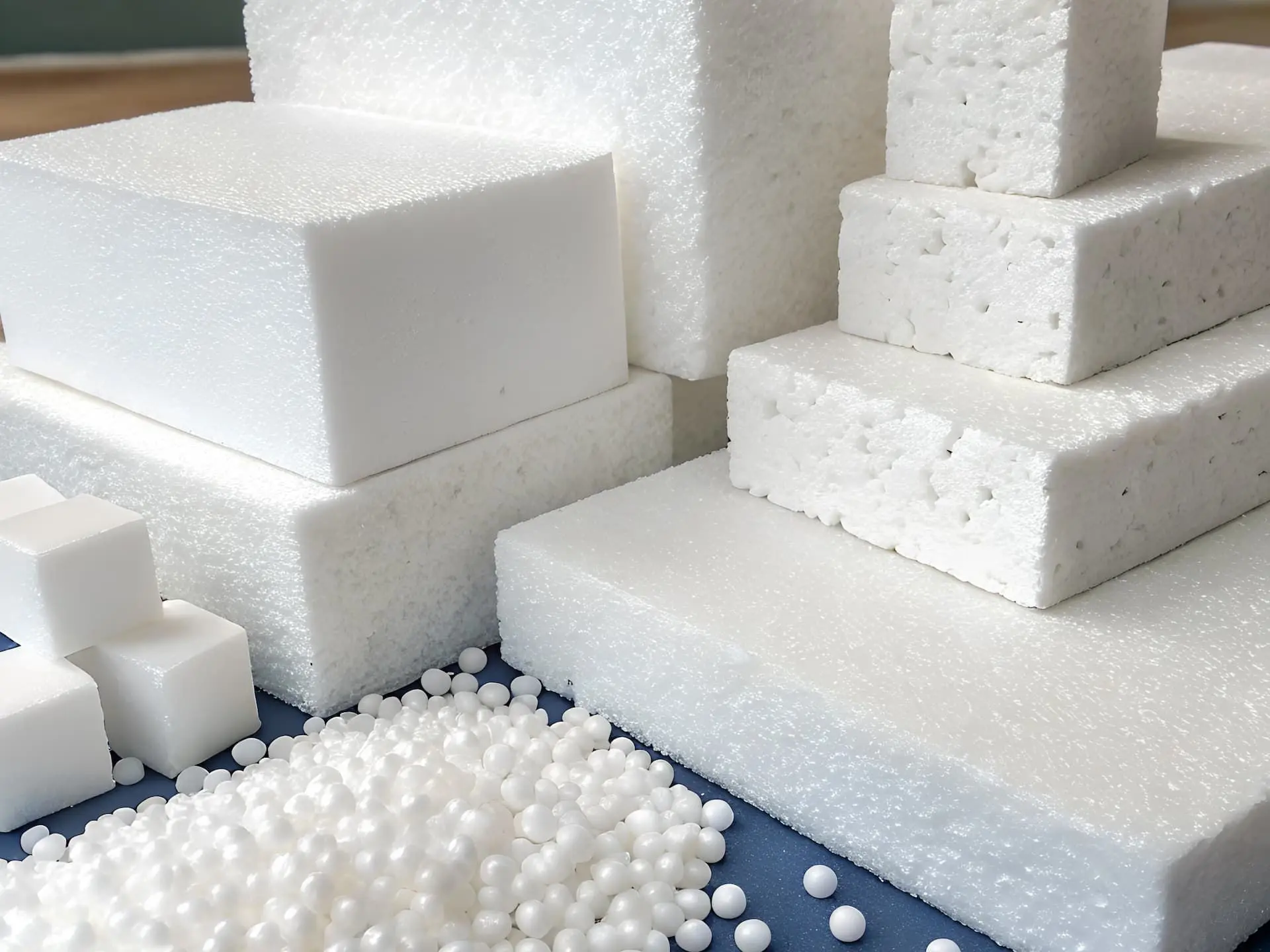Foam Recycling: A Professional’s Guide to the Process & Equipment
Recikliranje pjene Represents a significant logistical and economic challenge for many businesses, leading to the common misconception that it’s not feasible. While it’s true that foam is difficult to handle, the answer to “Can foam be recycled?” is a definitive yes—with the right industrial process and equipment. For businesses generating substantial foam waste, understanding this process is the first step toward turning a costly disposal problem into a valuable, revenue-generating asset.
The Core Problem with Foam Waste: Volume
Foam materials are up to 98% air. This incredible volume-to-weight ratio makes them excellent for cushioning and insulation, but a nightmare for waste management. Transporting loose foam scrap is inefficient and expensive, as trucks quickly fill up by volume long before reaching their weight capacity. This logistical barrier is the primary reason most municipal recycling programs reject foam. However, industrial operations can overcome this with specialized machinery.
Identifying Recyclable Foam Types
Not all foam is created equal. Identifying the specific type of foam your business handles is critical for a successful recycling program.
Ekspandirani polistiren (EPS)
Commonly known by the trademark Styrofoam, EPS is a rigid, lightweight foam used for packaging blocks, coolers, and insulation panels. It is highly recyclable, but its extreme light weight makes densification absolutely essential for economic viability.
Ekspandirani polietilen (EPE)
EPE is a flexible, closed-cell foam known for its excellent shock absorption. It’s used for packaging sensitive electronics, as padding in sporting equipment, and in construction. EPE is fully recyclable and can be melted and re-pelletized.
Expanded Polypropylene (EPP)
EPP is a highly durable and resilient foam that can withstand multiple impacts without damage. This makes it ideal for automotive parts like bumpers and interior components. Like EPS and EPE, it is also recyclable through a melt-densification process.
The Industrial Foam Recycling Process: From Waste to Commodity
An effective industrial foam recycling line transforms bulky scrap into dense, sellable blocks or ingots. Here are the essential steps.
Prikupljanje i sortiranje
The process begins with a clean, sorted stream of foam waste, free from contaminants like dirt and tape to ensure final product purity.
Size Reduction (Optional)
For very large pieces, a pre-crusher can break the material down into smaller chunks, ensuring a consistent feed into the densifier.
Densification: The Key Step
This is the heart of foam recycling. A densifier removes air, reducing volume by up to 90:1, using either hot melt or cold compaction methods.
Peletiranje
The densified foam blocks or ingots are sold to specialized manufacturers who grind them and re-process them into recycled plastic pellets.
The Solution to the Volume Problem: The EPS Recycling Machine
For any business generating significant EPS waste, an in-house densifier is the key to a profitable recycling program. It immediately addresses the main cost driver—transportation—by turning a constant stream of bulky waste into a steady output of valuable, sellable ingots.

Featured Solution: EPS Foam Compactor (Cold Press)
This machine uses high pressure to compact bulky EPS foam into dense, stackable blocks, reducing volume by up to 50:1. It cuts disposal costs and creates a sellable commodity.
See Machine SpecsČesto postavljana pitanja (FAQ)
Yes, if the volume of foam waste is sufficient to justify the investment in a densifier. Profitability comes from eliminating high disposal fees and creating a new revenue stream from selling the densified foam blocks.
Recycled EPS is used to manufacture a wide range of durable goods, including synthetic wood for outdoor furniture, decorative moldings, coat hangers, and stationery products.
For most clean, post-industrial foam scrap, washing is not necessary. However, contaminated post-consumer foam would require a washing and drying stage before densification.
Ready to Transform Your Foam Waste?
Stop paying to haul away air. An efficient foam recycling system from Energycle Machine can turn your biggest waste headache into a valuable resource. Our experts can help you assess your needs and find the right equipment for your operation.
Get a Quote on a Foam Densifier


